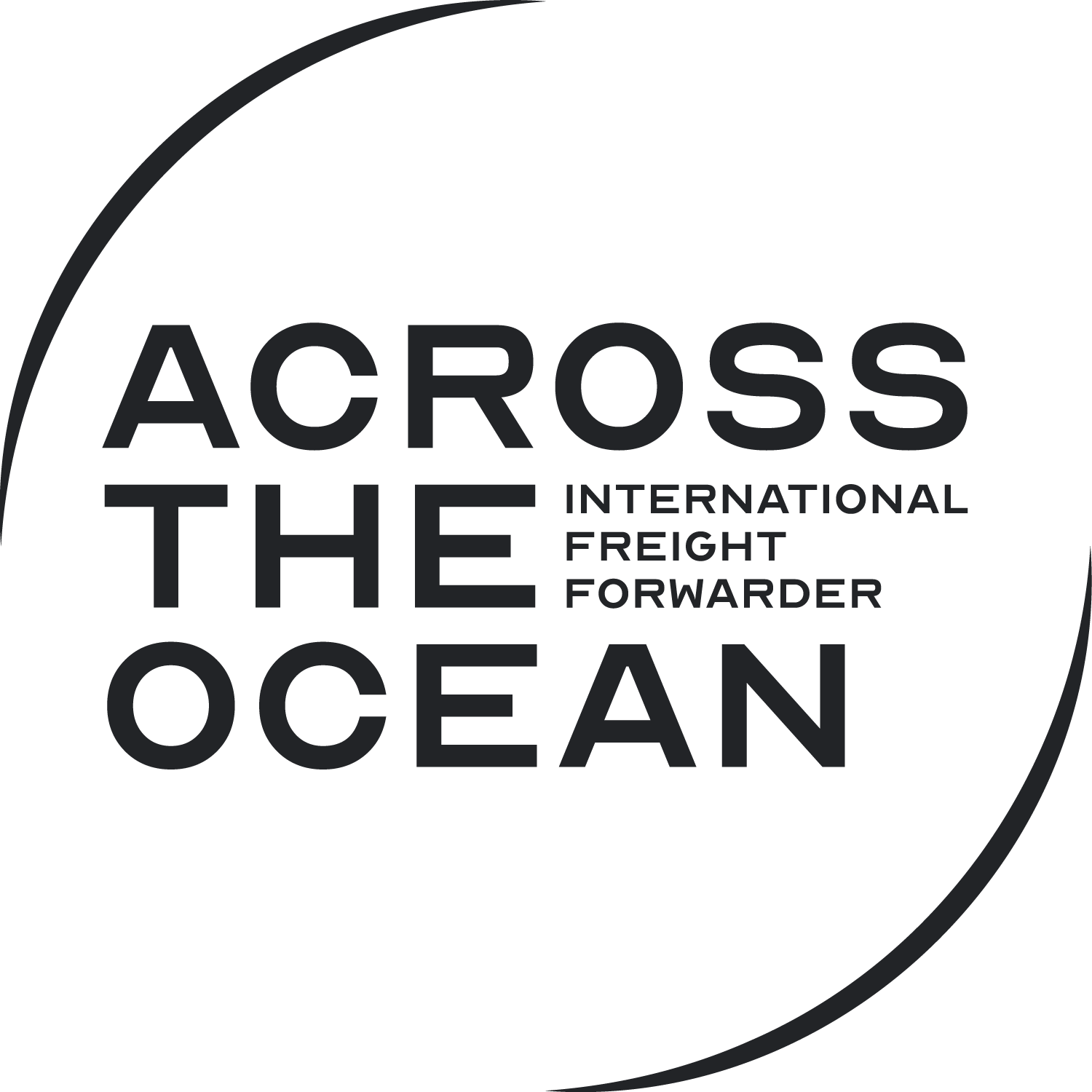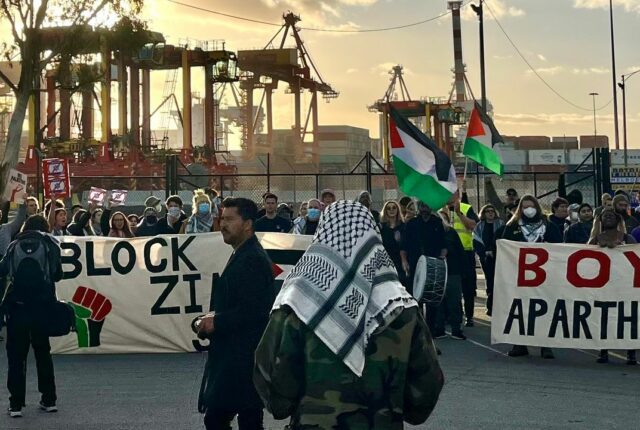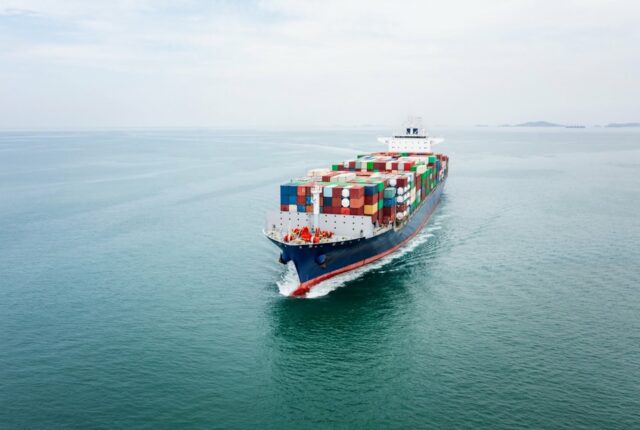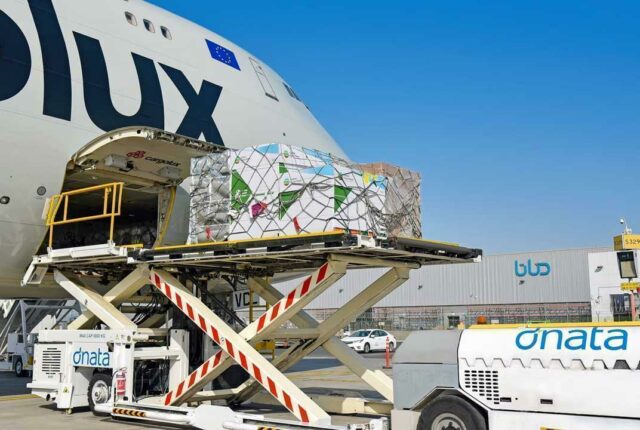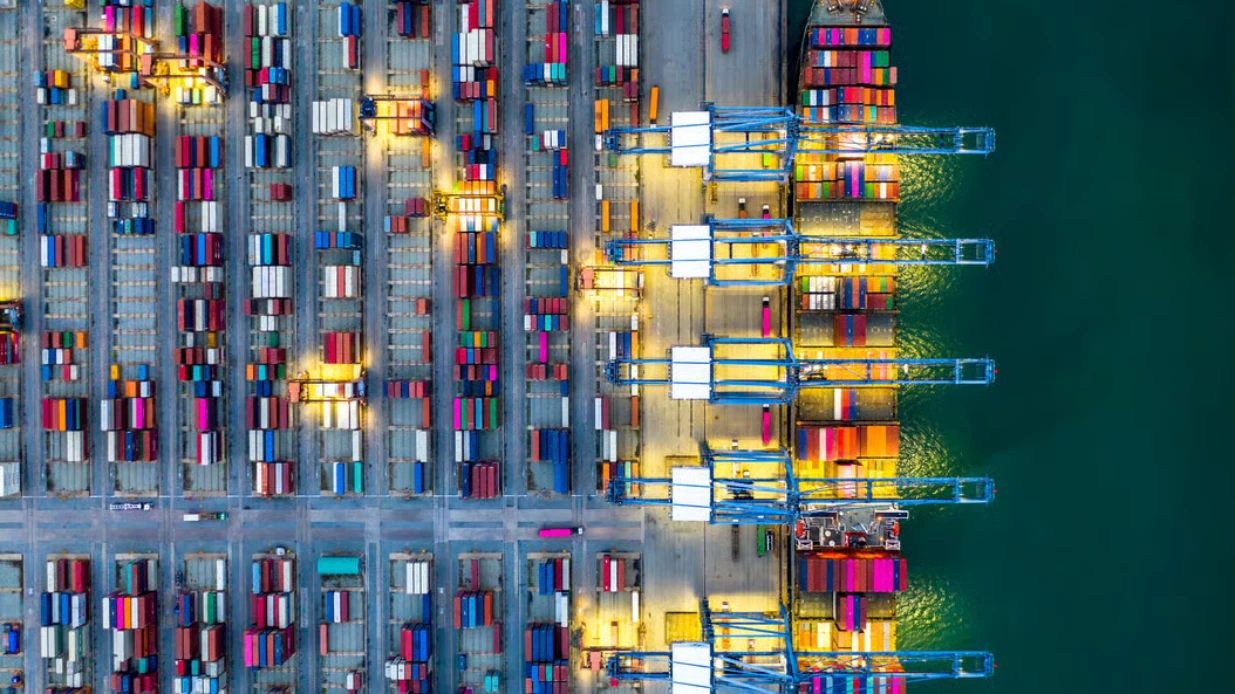
Rotterdam’s Role in Decarbonizing Global Maritime Trade
Global maritime trade accounts for roughly 3% of worldwide greenhouse gas emissions.
With cargo volumes rising, achieving net-zero shipping by 2050—per International Maritime Organization (IMO) goals—requires rapid innovation. Green shipping corridors have emerged as a key strategy: designated maritime routes that deploy low‑ or zero‑emission fuels, energy‑efficient vessels, and digital optimizations to catalyze decarbonisation.
Among these, the Rotterdam–Singapore Green & Digital Corridor stands out as the world’s longest and most ambitious route, showcasing Rotterdam’s central role in global sustainability initiatives.
What Are Green Shipping Corridors?
Green shipping corridors are maritime “zero‑emission zones” designed to pilot sustainable shipping operations. They unite ports, shipping lines, fuel producers, regulators, and technology firms in collaborative ecosystems. The Clydebank Declaration at COP26 set a target: establish at least six green shipping corridors by 2026. These corridors serve as real‑world testbeds for alternative fuels, clean vessel engines, digital systems, and infrastructure before scaling globally.
Rotterdam’s Strategic Importance
The Port of Rotterdam is Europe’s largest port, serving as a major bunkering hub. Its infrastructure includes Maasvlakte LNG terminals, storage tanks, and a deep industrial base—ideal for testing alternative fuels like bio‑LNG, methanol, and ammonia. Rotterdam was among the first to implement digital tools for port call optimization and paperless customs, setting standards that partners mirror in Singapore.
The Rotterdam–Singapore Corridor: Scope & Partners
Launched in August 2022 by Singapore’s Maritime & Port Authority (MPA) and Port of Rotterdam Authority, this corridor spans over 9,300 nautical miles (approx. 15,000 km). As of early 2025, it includes 28 corporate, academic, and governmental partners such as CMA CGM, Hapag‑Lloyd, MSC, Shell, and MPA, alongside technology institutes.
Ambitious goals include:
- Reducing GHG emissions on large container vessels by 20–30% by 2030.
- Bringing online 200+ dual‑fuel ships by 2028.
- Achieving 20% sustainable fuel usage by 2030, with high penetration of biomethane and methanol.
Fuel Pathways & Early Trials
Biomethane (Bio‑LNG)
In October 2024, Shell delivered 100 tonnes of biomethane to CMA CGM’s box ship CMA CGM Tivoli at Rotterdam via mass‑balancing. This trial reduced emissions by ~80% compared to standard bunker LNG. Singapore plans a comparable trial in 2025.
Methanol & Ammonia
By early 2025, methanol bunkering trials had begun, with shared procedures across both ports. Working groups are also evaluating ammonia pathways, including life cycle assessments, to support future trials and infrastructure readiness.
Digitalisation & Efficiency Gains
Key to reducing emissions is improving operational efficiency. The corridor’s digital focus includes:
- Just‑in‑time vessel arrival
- Standardised port‑call definitions
- Electronic bills of lading (eBLs)
- Ship‑to‑shore data linkups
These initiatives are already showing results — increased data sharing, fewer delays, and more streamlined procedures.
Scale‑Up: Demand & Challenges
According to a 2024 Port of Rotterdam report, by 2028 more than 200 vessels on the route will support sustainable fuels, with an estimated annual demand of approximately 5 million tonnes of biomass/e‑methane and methanol.
Breakdown:
- Bio‑/e‑methane: 1.5–2.1 Mt/year
- Bio‑/e‑methanol: 2.2–3 Mt/year
Challenges:
- Fuel cost: Alternative fuels are 2–3x pricier than fossil LNG.
- Availability and supply chain maturity
- Regulatory complexity
To ease the cost barrier, initiatives like the Zero Emission Maritime Buyers Alliance (Zemba) are deploying book‑and‑claim schemes that enable cargo buyers to sponsor lower‑carbon fuels.
Global Momentum & Multiplying Corridors
The Global Maritime Forum reports there are now over 62 green corridor initiatives spanning a range of routes and fuel solutions. Rotterdam is also leading similar corridors with Gothenburg, Shannon Foynes, and India. Such initiatives are vital “real‑world laboratories” supporting IMO’s trajectory—a 40% emission reduction by 2030 and net-zero by 2050.
Rotterdam: Pillar of Europe’s Decarbonisation
Rotterdam’s leadership is manifested through:
- Infrastructure investment
- Public–private partnerships
- Digital capabilities
- Strategic collaborations
Why This Matters for Global Trade
Green corridors help:
- Demonstrate feasibility of scaling zero-emission fuels on major trade routes
- Build market certainty by aggregating demand
- Create standardized protocols
- Encourage regulatory alignment
Rotterdam’s corridor with Singapore is a blueprint for global rollout: it combines multi-fuel pilots, efficiency gains, stakeholder collaboration, financial innovation, and regulatory preparedness.
Next Steps & Outlook
- Fuel supply: Scaling biomethane, methanol, and ammonia
- Regulation & certification: Expanding recognized frameworks
- Finance tools: Rolling out buyer alliances and green funds
- Infrastructure expansion: Upgrading bunkering and digital terminals
- Vessel deployment: Commissioning dual-fuel ships
- Replication: Inspiring corridors throughout Europe, Asia, and beyond
Conclusion
The Rotterdam–Singapore Green & Digital Corridor exemplifies how port cities can anchor global decarbonisation in sea freight. Through pioneering trials, fuel strategy diversity, digital innovation, and coalition-driven finance and regulation, Rotterdam is setting the pace for greener maritime trade. As shipowners, cargo owners, ports, and governments align, corridors like this one are not just experimental—they are becoming the foundation for a low-carbon maritime future.
FAQs
What types of fuels are being used?
Bio‑LNG (biomethane), methanol, and ammonia. Rotterdam launched biomethane bunkering in late 2024; methanol is being trialed, and ammonia is under assessment.
Is green fuel cost a major issue?
Yes—sustainable fuels are typically 2–3× more expensive than fossil equivalents. Alliances like Zemba aim to close this gap with collective off‑take and premium payment.
How much emission reduction is possible?
Initial goals aim for 20–30% GHG reduction along the corridor by 2030, with specific trials like biomethane showing ~80% carbon savings versus fossil LNG.
